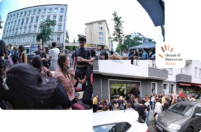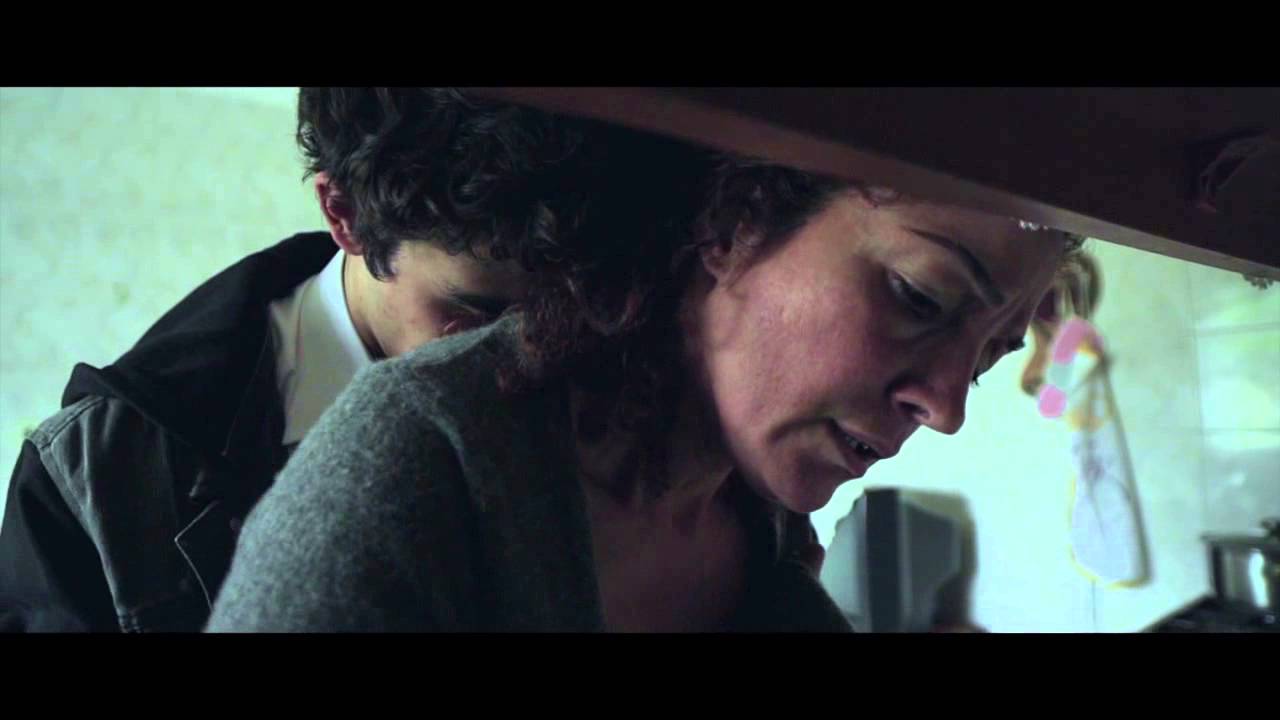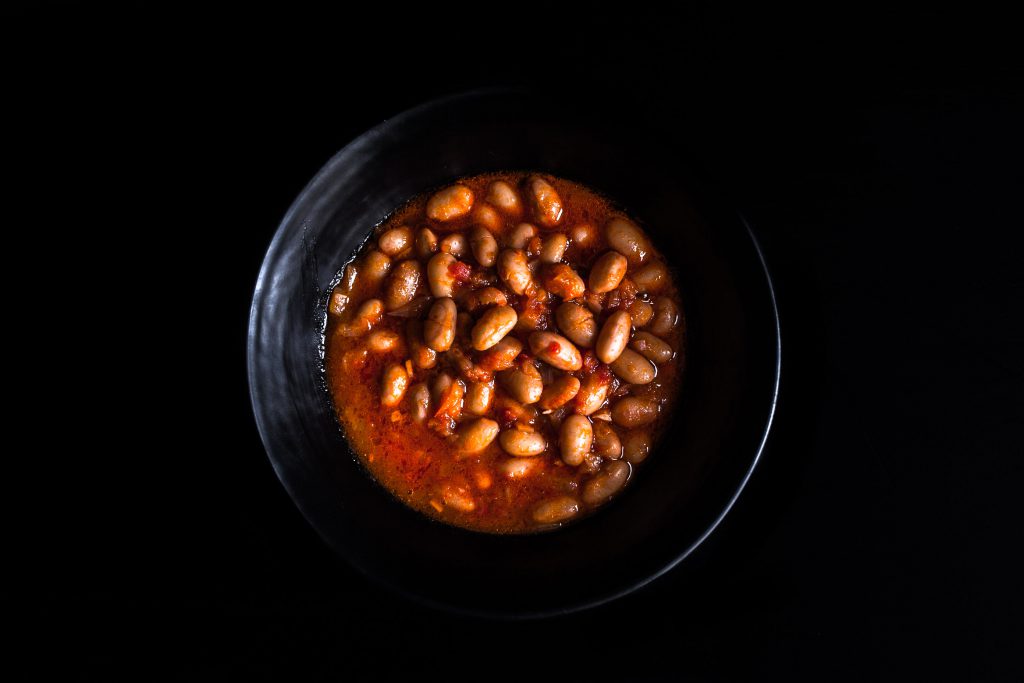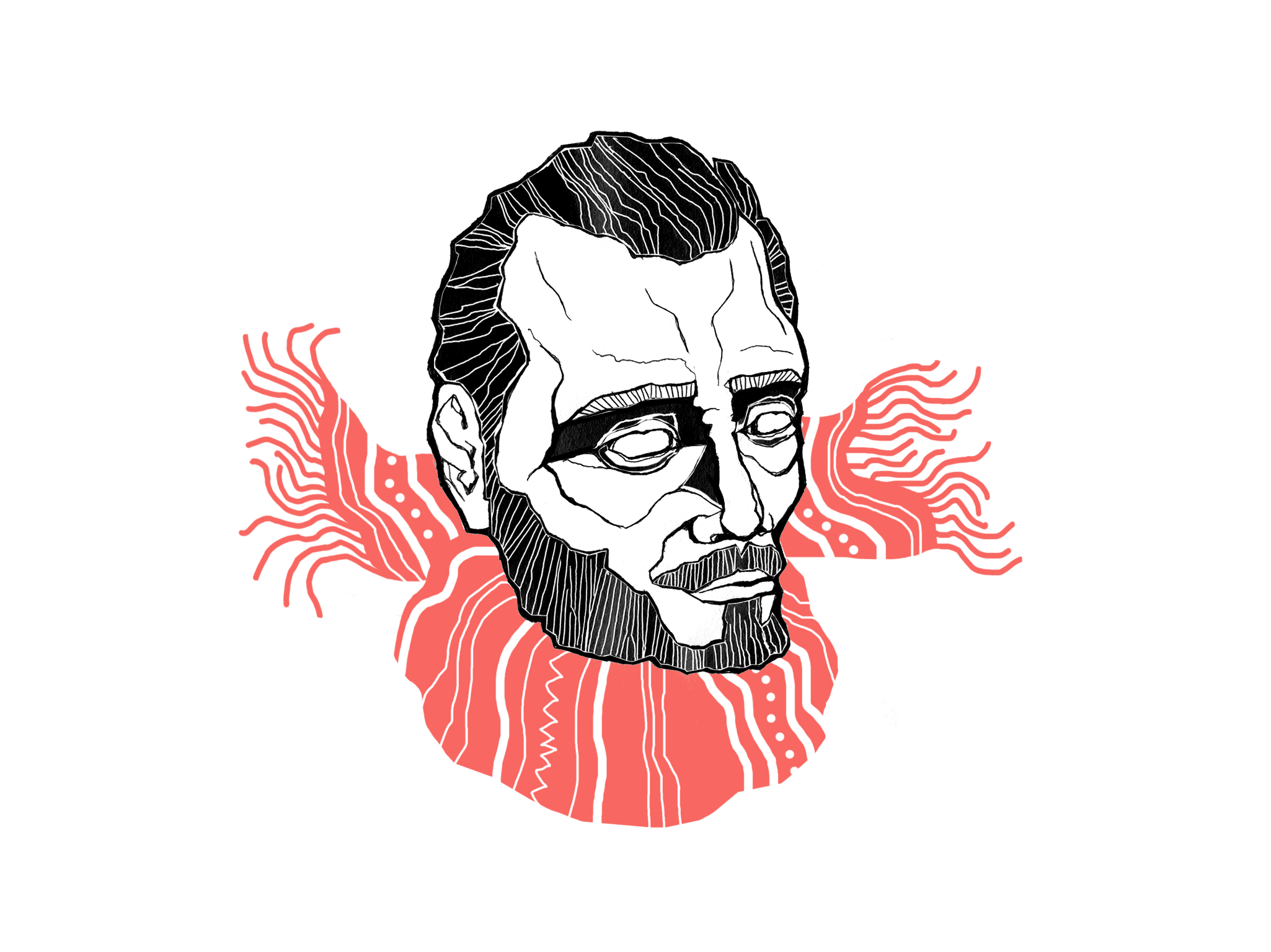We guarantee that the list feature films you have never heard of or watched.
They will encourage you to think about Turkey, as you explore them. We see that the new cinema in Turkey after 2010 is in fact not much different from the general mood of Turkey after that time period, indeed. We observe the “small people with big problems” who drift here and there as they are stuck in life, whether they be in a city or small town.
When creating the list, I paid the most attention to directors’ ability to pursue their films. Have we been able to watch the second or third films during this time period? And are they in parallel with the issues they are telling about? The problem of the Turkish cinema is the financial resource issue and the fact that not all directors can obtain these financial resources. Another problem is the distribution issue, which means that the films are available on a few platforms only.
It is a great pleasure to witness how these directors masterfully turn their stories into films while surrounding with problems. We hope that you will find these films and that these directors will be able to pursue their art in this way. Enjoy.
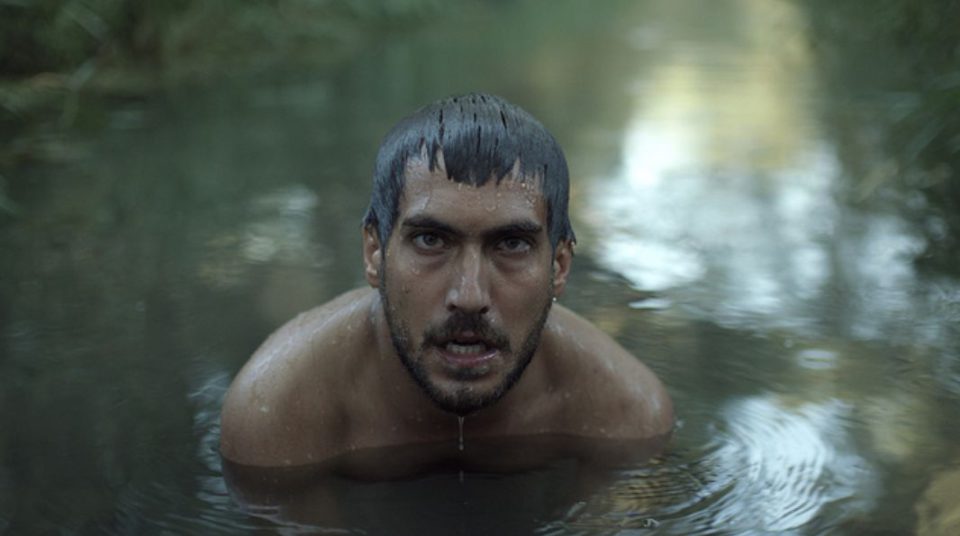
EMIN ALPER – BEYOND THE HILL
In “Beyond the Hill” (2012), we watch a story which we may perceive to be reflecting “a day in the countryside”. A story of hostility towards the unknown and “the other”, is told through 3 generations of men in a family. Emin Alper offers an allegory of Turkey by keeping female characters too weak; and he also has things to say on male brutality. Emin Alper’s “Beyond the Hill” returned from the Berlinale with the Caligari Prize, and we should also mention that his third film “The Sisters” competed in the competition at the Berlinale this year.
SEREN YUCE – MAJORITY
“Majority” (2010), which premiered at Venice Film Festival, is the first film of its director Seren Yuce, and it is a very successful and unique film. In “Majority”, we watch the life story of Mertkan, a 20-year-old man with a simple life, who has been raised in prosperity. Yuce has realistically handled the issues of being an individual, a male in Turkey; and being oppressed under the fact that you make up the majority in this country. In the film, which has something to say about many issues in Turkey, all the characters are described in a holistic manner without being caricatured. In his next film, “The Swaying Waterlily”, Seren Yuce portrays a minority this time, using the characters which we find it difficult to empathize with.
TOLGA KARACELIK – IVY
The second film of Tolga Karacelik, “Ivy” (2015), makes clear references to Turkish politics. In this film, we watch the hierarchical battle among 5 sailors and a captain, who is on a boat that is stuck in the middle of the sea. Karacelik used the phenomenon “everybody is on the same boat” as his starting point and he depicted a portray of Turkey based on this phenomenon. The story develops with the traumas and internal feuds of the characters who are described well, such that, there is a mute character named “Kurd”. In the gloomy environment on the boat, we witness the collapse of the individuals together with the rulers. Considering the cinema of Turkey, we see that Tolga Karacelik has tried to create his own visual style and expression without imitating anybody; and his third film “The Butterflies” won the Jury Special Award at Sundance Film Festival in 2018, which actually supports this claim.
PELIN ESMER – SOMETHING USEFUL
“Something Useful” (2017) is the third fiction film of one of the most important female directors of the Turkish cinema; Pelin Esmer. She wrote the script of the film together with one of the key figures in Turkish literature, Baris Bicakci. In the film, we watch the encounter of two women traveling on a train. Leyla, a poet, and Canan, a student, come together by the virtue of the secrets they keep. Although the film starts as a “Road Movie”, the point these two women reach at the end by combining the secrets they keep, indeed becomes more important than the travel itself.

MAHMUT FAZIL COSKUN – YOZGAT BLUES
“Yozgat Blues” (2013) is the second film of Mahmut Fazil Coskun. The film is a “melancholic comedy”, a language coming from the late 90s until today, which is created by non – mainstream cinema in USA. When focusing on the story of Yavuz and Nese who try to make music in a small town. Coskun adopted a rather different approach to tell about the “small town”, one of the most favorite issues in Turkey. Yozgat Blues, which is, in sort, a story of losers, deserves attention simply because it combines the city of Yozgat and music.
KIVANC SEZER – MY FATHER’S WINGS
“My Father’s Wings” (2016), is another first film and it premiered at Karlovy Vary Film Festival. It is possible to feel the influence of the famous British director Ken Loach in the story of Ibrahim, a construction worker, and his nephew Yusuf, who also works in the construction. We can easily list the film among the workers’ films, which is a genre we rarely come across in the Turkish cinema. The key feature of Sezer’s film, which reveals the reality of Turkey in the clearest manner is that it has a simple and non-didactic way of expression despite the seriousness of the story. The second of the film series that were considered by Kivanc Sezer as a trilogy, “La Belle Indifference”, is to meet the audience soon.
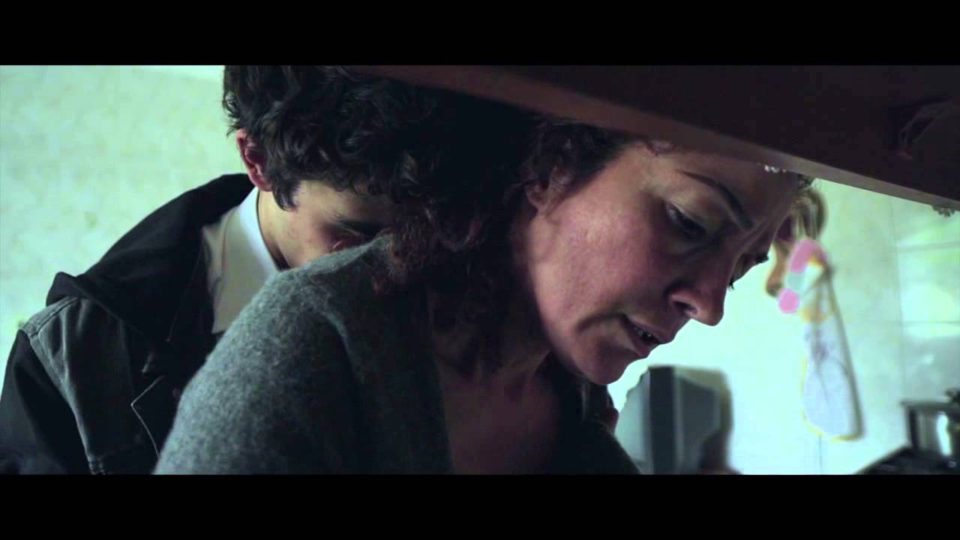
DENIZ AKCAY KATIKSIZ – NOBODY’S HOME
“Nobody’s Home” (2013), which premiered at Venice Film Festival, is the first film of Deniz Akcay Katiksiz. In the film, we watch the story of a family that has lost their father, living in Izmir. The film focuses on each family member individually and has a minimalist language. The characters are described well and the script has almost no gap. We should also mention that Deniz Akcay is currently a writer of popular TV series in Turkey.
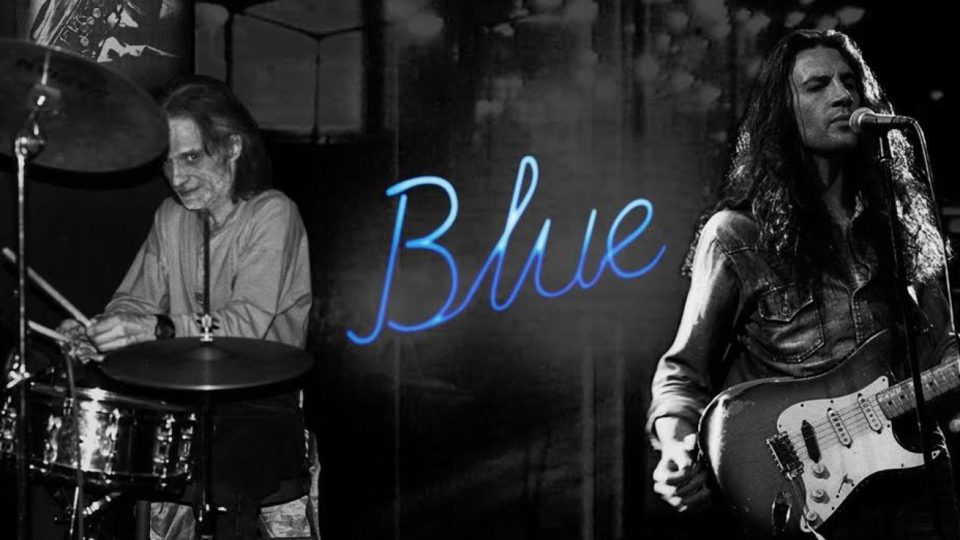
MEHMET SERTAN UNVER – BLUE
The documentary “Blue” (2017), tells about the life stories of Yavuz Cetin and Kerim Capli, members of the Blue Blues Band founded in 1991 by Yavuz Cetin and Batu Mutlugil. In the film, we witness the extraordinary lives of these two musicians, their wonderful musical performances and then their tragic end. Lack of visual material is perhaps the biggest weakness of the documentary; however, considering the difficulty of gathering materials in the 90s, we can excuse that. Apart from these two musicians, we take notice of the nightlife in Istanbul in the 90s and the “old Turkey” in a sense. When compared with the other examples of the documentary genre in Turkey, “Blue” came to the theaters with a bigger number of copies and it took much attention. In this sense, it is possible to argue that it has a unique spot in Turkish cinema.
KAAN MUJDECI – SIVAS
The film, which returned from the Venice Film Festival with the jury special award and the best actor award, is the first film of Kaan Mujdeci. “Sivas” is the story of a child and a dog living in a small town. In this film, we watch how the boy tries to cope with male-hood and how he grows up. Mujdeci, who was highly criticized in the past due to the brutality of the dog fight scenes, presented the rituals of being strong, that is, being a man, in a very striking manner. Kaan Mujdeci is getting prepared to make another striking effect with his second film “Iguana Tokyo”, which will soon meet the audience.
NURI BILGE CEYLAN – ONCE UPON A TIME IN ANATOLIA
And now we have come to the last and most popular indie film director on the list; Nuri Bilge Ceylan. Certainly, it would be imprudent not to mention Ceylan when talking about the new Turkish cinema, considering that he is the director who has created most of the codes in the Turkish cinema. After giving the signals of a change in his films with “3 Monkeys” (2008), he literally proves it with “Once Upon a Time in Anatolia” (2011). The film, which won the grand jury prize at the Cannes Film Festival, tells the story of a group consisting of a prosecutor, policeman, doctor and the murderer searching for a dead body for 12 hours in the rural Anatolia. Ceylan tells a fairy tale which could start with “Once upon a time in Anatolia…”. He uses both film noir and western elements in his film. It has flying trees, rolling apples, car headlights, and oil lamps in its calm but with an impressive visual language. Furthermore it draws such a true portrait of Anatolia within the social, bureaucratic and class-based framework it has established.
In Ceylan’s last film “The Wild Pear Tree” (2018) he tells a story about the relationship between a father and a son in Canakkale. Here Nuri Bilge Ceylan uses more movable cameras, lots of dialogues and a renewed perspective of film. Not compromising on his impressive visual style, which all come out as a change he expresses to be his own rebellion.
